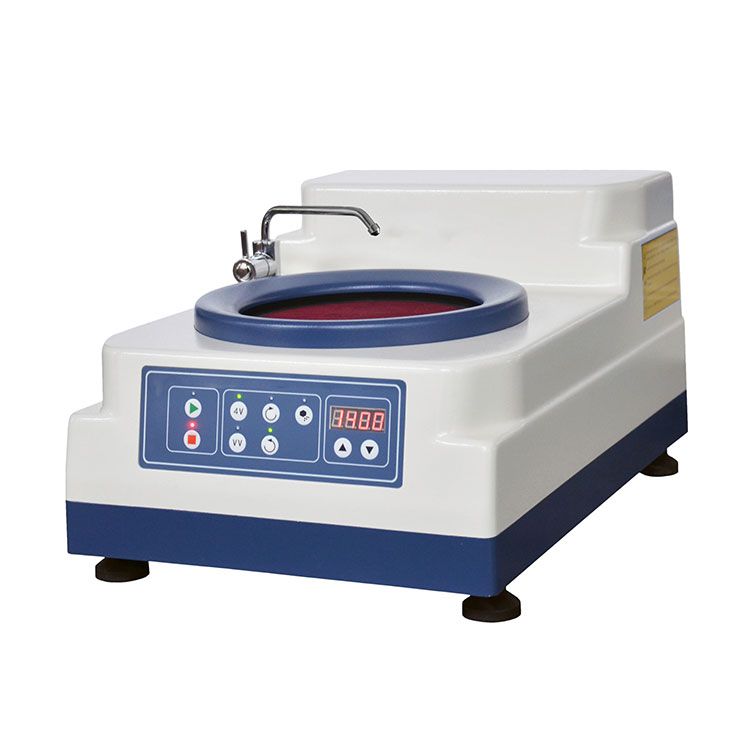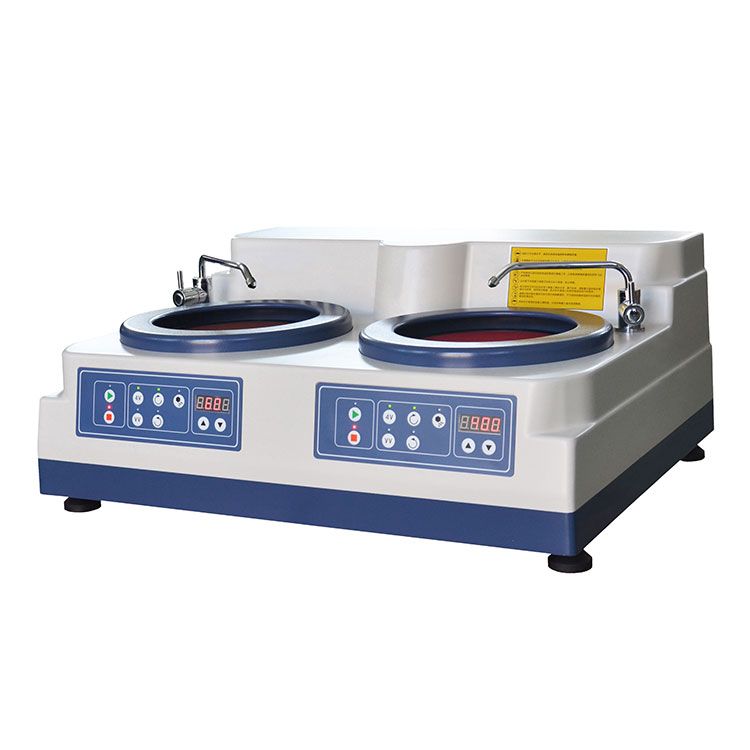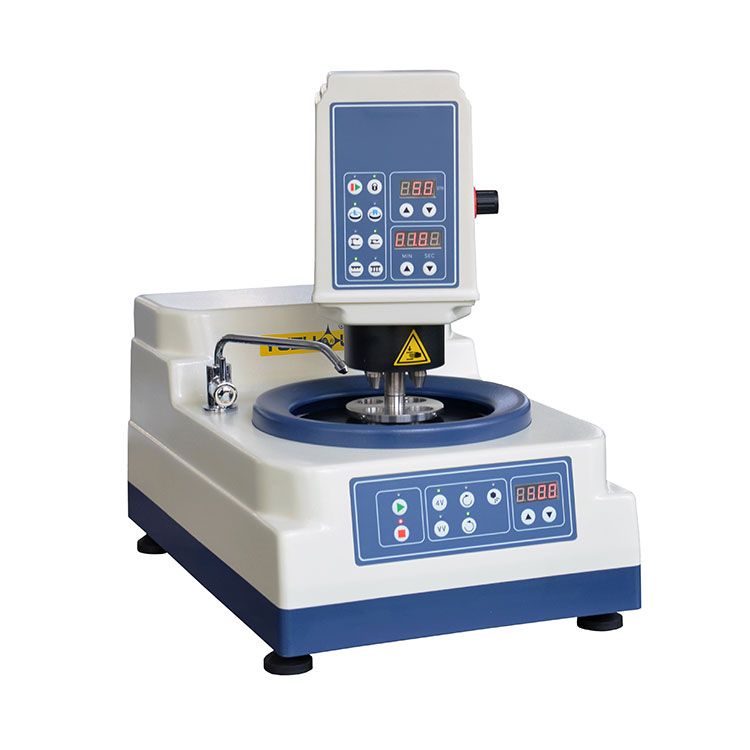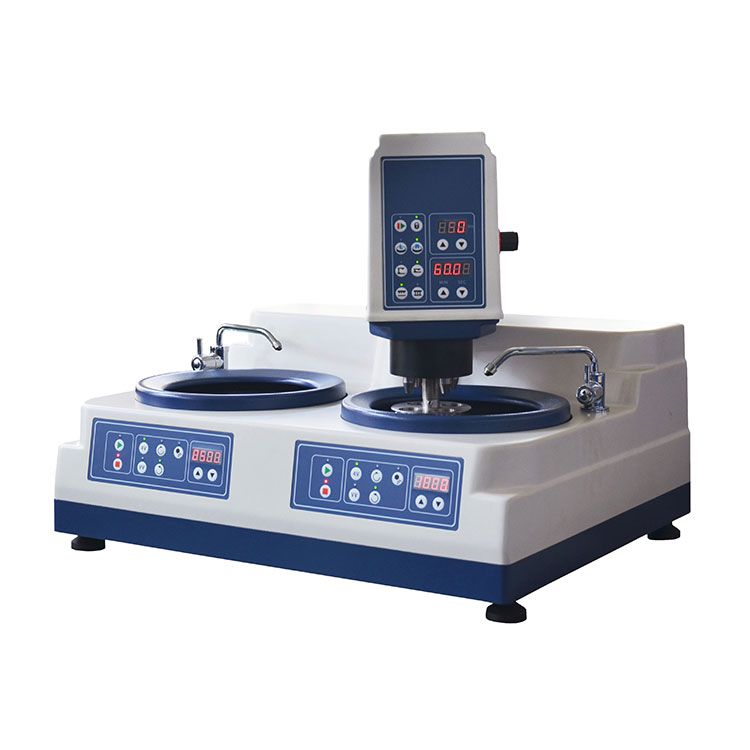Grinding and polishing machines are used in a variety of industries to remove material, and smooth surfaces, and create a desired finish. However, grinding and polishing machines are powerful tools that can be dangerous if not used properly. They can also be expensive, so it is important to choose the right machine for your needs. People often don’t know how to choose the right grinding and polishing machine. Here are some factors to consider when choosing a grinding and polishing machine:
5 Factors to Consider When Choosing a Grinding and Polishing Machine
Factor 1: The Type of Material To be Grinding or Polishing
Different machines are better suited for different materials. For example, a bench grinder is a good choice for grinding and polishing metal, while a rotary tool is a good choice for grinding and polishing plastic. What factors should we take into account while choosing a grinding and polishing machine with different types of material?
- The hardness of the material
Some materials are harder than others, and require a more powerful machine to grind or polish them. For example, a diamond wheel is needed to grind or polish hardened steel, while a softer wheel can be used for softer materials like aluminum.
- The heat sensitivity of the material
Some materials are more heat-sensitive than others and can be damaged by the heat generated by grinding or polishing. For example, carbide tools should be cooled with water when grinding or polishing, to prevent them from overheating and becoming brittle.
- The abrasiveness of the material
Some materials are more abrasive than others and can wear down the abrasives on the grinding wheel or polishing pad more quickly. For example, grinding wheels for stainless steel should be made with a harder abrasive than grinding wheels for aluminum.
- The cost of the material
Some materials are more expensive than others, and you may want to choose a machine that is more gentle on the material to save money. For example, a rotary tool is a good choice for grinding and polishing plastic, because it is less likely to damage the plastic than a bench grinder.

Factor 2: The Desired Finish of Using a Grinding and Polishing Machine
Some machines can produce a rough finish, while others can produce a mirror-like finish. Choose a machine that can produce the desired finish for your application. What factors should we take into account while choosing grinding and polishing machines with different desired finishes?
- The type of abrasive
The type of abrasive used on the grinding wheel or polishing pad will affect the finish of the workpiece. For example, a coarse abrasive will produce a rough finish, while a fine abrasive will produce a smooth finish.
- The speed of the machine
The speed of the machine will also affect the finish of the workpiece. A faster speed will produce a smoother finish, but it can also cause more heat to be generated, which can damage the workpiece.
- The pressure applied to the workpiece
The pressure applied to the workpiece will also affect the finish of the workpiece. More pressure will produce a smoother finish, but it can also damage the workpiece.
- The type of coolant used
The type of coolant used can help to prevent the workpiece from overheating and becoming damaged. Some coolants are better suited for certain types of finishes than others.

Factor 3: The Budget for a Grinding and Polishing Machine
Grinding and polishing machines can range in price from a few hundred dollars to several thousand dollars. Set a budget before you start shopping so that you don’t overspend. What factors should we take into account while choosing grinding and polishing machines with different budgets?
- The type of machine
The type of machine you choose will affect the price. For example, a bench grinder is less expensive than a floor grinder.
- The features
The features of the machine will also affect the price. For example, a machine with variable speed control and dust collection will be more expensive than a machine without these features.
- The quality
The quality of the machine will also affect the price. A machine from a reputable manufacturer with a good warranty will be more expensive than a machine from an unknown manufacturer with no warranty.

Factor 4: The Features of the Grinding and Polishing Machine
Some machines come with a variety of features, such as variable speed control, dust collection, and coolant systems. Choose a machine with the features that you need for your application. What features can we consider when we choose a grinding and polishing machine?
- Variable speed control
This allows you to adjust the speed of the machine to the specific needs of your workpiece. For example, you may need a slower speed for grinding a hard material, and a faster speed for polishing a soft material.
- Dust collection
This is important to prevent dust from accumulating around the machine and the workpiece, which can be dangerous and harmful to your health.
- Coolant system
This can help to prevent the workpiece from overheating and becoming damaged.
Safety features: These include guards and shields to protect you from injury, as well as features that prevent the machine from starting if it is not properly assembled.
- Portability
If you need to move the machine around frequently, you will want to choose a machine that is lightweight and easy to transport.
- Warranty
A good warranty will protect you in case the machine breaks down or malfunctions.

Factor 5: The Safety Features of the Grinding and Polishing Machine
There are many aspects to consider when evaluating the safety features of a grinding and polishing machine. Here are some of the most important:
- Guards and shields
Guards and shields should be in place to protect the operator from flying debris and sparks. They should be made of sturdy materials and should be properly adjusted to cover the grinding wheel or polishing pad completely.
- Start buttons
Start buttons should require two hands to operate so that the machine cannot be started accidentally.
- Emergency stop buttons
Emergency stop buttons should be located in a convenient location where the operator can easily reach them in case of an emergency.
- Coolant systems
Coolant systems should be used to prevent the grinding wheel or polishing pad from overheating. This can help to prevent fires and burns.
- Dust collection systems
Dust collection systems should be used to collect dust and debris generated by the machine. This can help to prevent respiratory problems and eye irritation.
- Personal protective equipment (PPE)
Operators should always wear PPE when using a grinding and polishing machine, such as safety glasses, gloves, and a dust mask. This helps to protect them from flying debris, sparks, and dust.
Conclusion
It is important to choose the right machine for your needs. Chongqing Scope Instrument Co., Ltd. has professional machines, technology and service. If you want to know more information, please click here.


